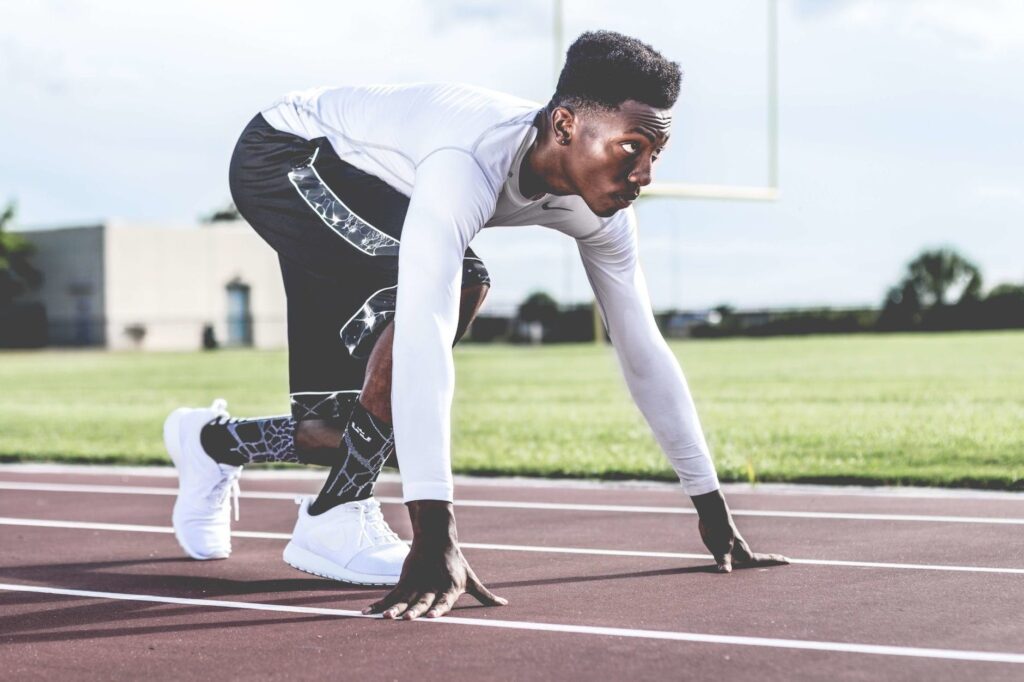
Introduction
The life of a student-athlete is a delicate balancing act, where academic pursuits and athletic commitments often intertwine. While collegiate sports provide opportunities for personal growth, skill development, and camaraderie, they also demand significant time and energy. Balancing the rigors of education with the demands of athletic performance can be challenging for student-athletes, presenting a dilemma that requires careful navigation. In this article, Jared Kamrass will explore the student-athlete dilemma, examining the challenges they face and the strategies employed to strike a harmonious balance between academics and athletics.
1. Time Management and Scheduling
One of the primary challenges for student-athletes is managing their time effectively. Balancing academic responsibilities, training sessions, and competitions requires meticulous planning and discipline. Student-athletes must juggle practice hours, travel time, and recovery while still meeting academic deadlines and attending classes.
2. Academic Performance and Eligibility
Maintaining academic performance is crucial for student-athletes to remain eligible to compete. Striking the right balance between sports and studies is essential to avoid academic setbacks that could jeopardize their eligibility to participate in games.
3. Support and Resources
Colleges and universities play a pivotal role in supporting student-athletes. Offering academic assistance, tutoring, and flexible course options can help student-athletes manage their academic workload while pursuing their athletic aspirations.
4. Physical and Mental Well-being
The demands of student-athlete life can take a toll on both physical and mental well-being. Coping with the pressures of competition, injuries, and academic stress requires a strong support system, access to mental health resources, and a focus on overall well-being.
5. Setting Realistic Goals and Expectations
Student-athletes must set realistic goals and expectations for themselves. Understanding their priorities and limitations can help them strike a balance that allows them to excel both in their academics and on the field.
6. Long-Term Career Planning
Balancing academics and athletics is not just a short-term challenge; it also impacts long-term career planning. Many student-athletes aspire to pursue professional careers in their sport or other fields. A well-rounded education is essential for their future success beyond their athletic careers.
Conclusion
The student-athlete dilemma is a complex challenge that requires careful consideration and support from universities, coaches, and academic advisors. Time management, academic performance, support systems, physical and mental well-being, goal-setting, and long-term career planning are all critical aspects that student-athletes must navigate to strike a harmonious balance between their academic pursuits and athletic commitments. By recognizing the unique challenges faced by student-athletes and providing the necessary resources and support, universities can empower them to thrive academically and athletically. Embracing the student-athlete dilemma as an opportunity for growth and development, student-athletes can navigate the challenges with resilience and determination, emerging as well-rounded individuals ready to take on the world both on and off the field. By embracing this delicate balancing act, student-athletes can excel in their academic pursuits, pursue their athletic aspirations, and build a strong foundation for a successful future beyond their collegiate years.